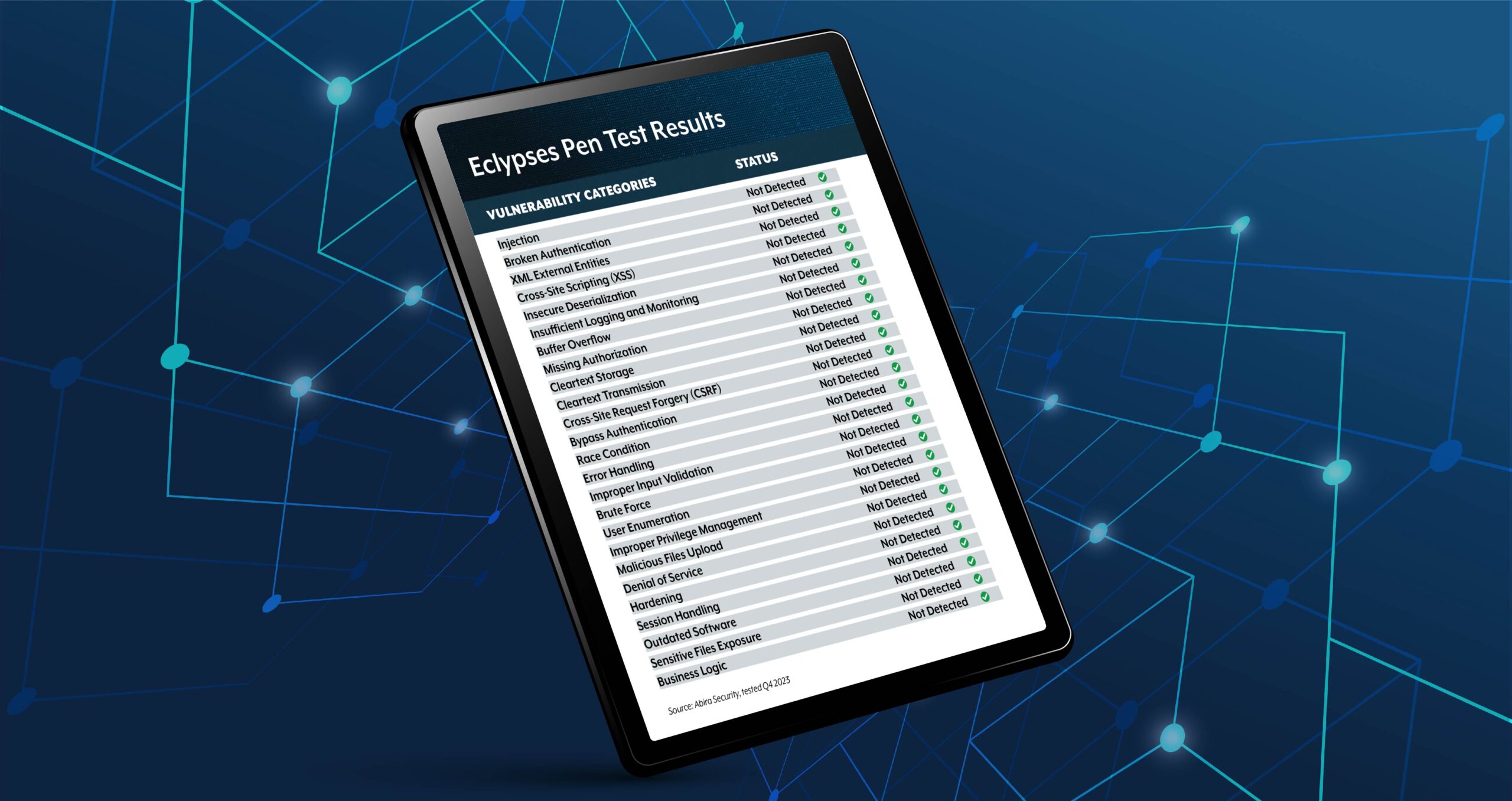
Dive into the intricate landscape of data breaches in 2023 with this comprehensive overview sourced from Varonis, unraveling key insights and alarming trends. From the staggering financial toll of ransomware breaches to the evolving methods employed by cybercriminals, this article navigates through critical statistics that underscore the escalating threat of data breaches.
Cost of Data Breach:
- The average total cost of a ransomware breach is $5.13 million, a 13% increase from 2022.
- The average cost per record in a data breach is $165.
- Healthcare breach costs have increased by 53.3% since 2020, reaching $10.93 million.
- Detection and escalation represent the largest share of breach costs, averaging $1.58 million.
- Breaches with a lifecycle of over 200 days cost an average of $4.95 million.
Geographical Impact:
- The United States has the highest average total cost of a data breach at $9.48 million.
- The Middle East is the second-highest with $8.07 million.
Breach Methods:
- 83% of data breaches in 2022 involved internal actors.
- 95% of data breaches are financially motivated.
- Ransomware accounts for nearly 24% of incidents involving malware.
- More than 70% of breaches can be traced back to organized crime groups.
Response Time and Lifecycle:
- It takes an average of 204 days to identify a data breach globally.
- Organizations using threat intelligence identify threats 28 days faster.
- The average time to contain a breach is 73 days.
- Breaches involving stolen or compromised credentials take the longest to resolve, at 88 days.
Cybersecurity Landscape:
- There were 5.5 billion malware attacks globally in 2022, a 100 million increase from 2021.
- The number of data breaches in the U.S. has significantly increased over the past decade.
- Microsoft Office applications were the most commonly exploited applications worldwide.
Data Breach Prevention:
- 63% of companies have implemented or plan to implement a biometric system.
- Security budgets have increased by an average of 6% in 2023.
- IT budgets are expected to increase in 40% of organizations, with cybersecurity being a top category.
Data Breach Insurance:
Many companies are purchasing data breach insurance to mitigate the risks associated with data loss.
Future Projections:
- Cybercrime is estimated to cost $10.5 trillion globally by 2025.
- Cybercriminals may target physical infrastructure like electrical grids and transportation networks.
Largest Recorded Data Breaches:
- Cam4 holds the record for the largest data breach, with ten billion compromised accounts.
- Other significant breaches include those affecting Yahoo, Marriott, and Facebook.
The article emphasizes the increasing frequency and financial impact of data breaches, the importance of proactive cybersecurity measures, and the evolving nature of cyber threats. It also provides resources for data breach prevention and highlights the role of data breach insurance.
For those seeking a deeper understanding, Varonis’ article provides an in-depth exploration of these data breach statistics: https://www.varonis.com/blog/data-breach-statistics



